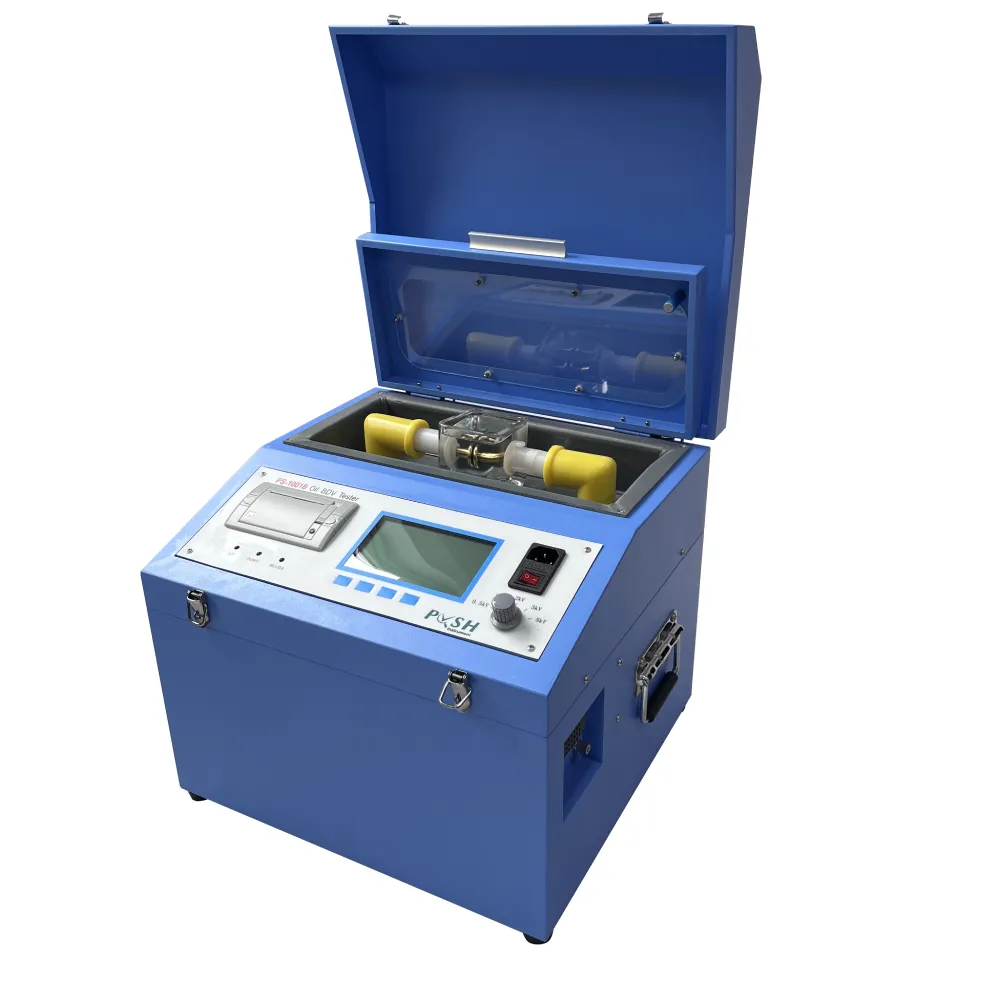 English
English


alternating current ac generator
Understanding Alternating Current (AC) Generators
Alternating current (AC) generators, also known as alternators, are fundamental devices that convert mechanical energy into electrical energy through the principle of electromagnetic induction. They play a crucial role in supplying power to various applications, from household appliances to large industrial systems.
Understanding Alternating Current (AC) Generators
As the rotor turns, it causes the magnetic field around the coil to change, inducing an alternating voltage in the coil. The output current alternates direction, producing an alternating current that can be used directly for various applications. The frequency of this current, measured in hertz (Hz), is determined by the speed of rotation of the rotor. For instance, in most countries, the standard frequency is either 50 Hz or 60 Hz, depending on local regulations.
alternating current ac generator

AC generators are widely used due to their efficiency and ability to produce high-voltage electricity. They are commonly found in power plants, where large turbines—often turned by steam, water, or wind—drive the rotor. This large-scale generation is essential for distributing electricity to homes, businesses, and industries.
One of the advantages of AC generators is that they can easily step up or down voltage levels using transformers. This capability allows electricity to be transmitted over long distances with minimal loss of energy, making AC systems highly effective for large-scale electricity distribution.
Furthermore, AC generators are more durable and require less maintenance compared to their DC counterparts. They can also be designed to be quite compact, which is beneficial for both portability and space-constrained applications.
In summary, alternating current generators are vital to modern electrical systems, providing efficient and reliable power generation. Their ability to produce alternating current, adapt to various voltage requirements, and operate efficiently under diverse conditions makes them key components of today's energy infrastructure. As technology advances, AC generators continue to evolve, enhancing their performance and sustainability for the future.
-
Differences between open cup flash point tester and closed cup flash point testerNewsOct.31,2024
-
The Reliable Load Tap ChangerNewsOct.23,2024
-
The Essential Guide to Hipot TestersNewsOct.23,2024
-
The Digital Insulation TesterNewsOct.23,2024
-
The Best Earth Loop Impedance Tester for SaleNewsOct.23,2024
-
Tan Delta Tester--The Essential Tool for Electrical Insulation TestingNewsOct.23,2024





